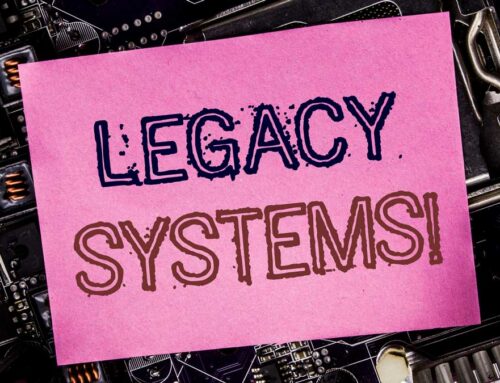Database as a Service (DBaaS), which gets lumped in with other “cloud” services, has been around for a long time. Still, we see many businesses hesitant to adopt it. It’s time to demystify DBaaS and explain some potential benefits of making the switch.
It seems that in Oklahoma, the movement toward using a cloud database service has been slower than elsewhere in the country. I think that’s a simple matter of caution.
Cautious adopters are slower to opt in to new technology until it’s crystal clear that the kinks have been worked out of it. It may surprise you to know that DBaaS is an older technology, relatively speaking.
At the end of the day, opting for a cloud database is all about who has physical control over your IT infrastructure. When you use a DBaaS, you hand over physical control of your network infrastructure to a trusted third party.
Even putting it that way probably makes it frightening to the cautious operator. But it’s important to remember the benefits of building your database in the cloud—and if you do choose to implement DBaaS, make sure the third party is one you trust.
Affordability
You’re likely used to paying for the physical space for database servers to occupy: the hardware that the database is running on, software, licenses, and more. Those expenses associated with physical ownership disappear when you use a DBaaS.
Efficiency
Along with not having to pay for the physical database infrastructure, you’re also using your database technology more efficiently. Processes like provisioning, administration, and security are simplified and streamlined so that there isn’t a lag in the functions of the database.
More productive IT staff
When you’re saving costs and making operations more efficient, your IT staff can also become more efficient. They aren’t concerned with the grunt work of physically running the database and have time to handle projects that make better use of their expertise.
In short, DBaaS frees you from the burdensome inefficiencies that often arise from physically owning your own database. Think of it like building a product in a wood shop. You don’t have to provide your own tools, plans, or know-how to build it. But you still get the product you need!
No tags for this post.






Leave A Comment